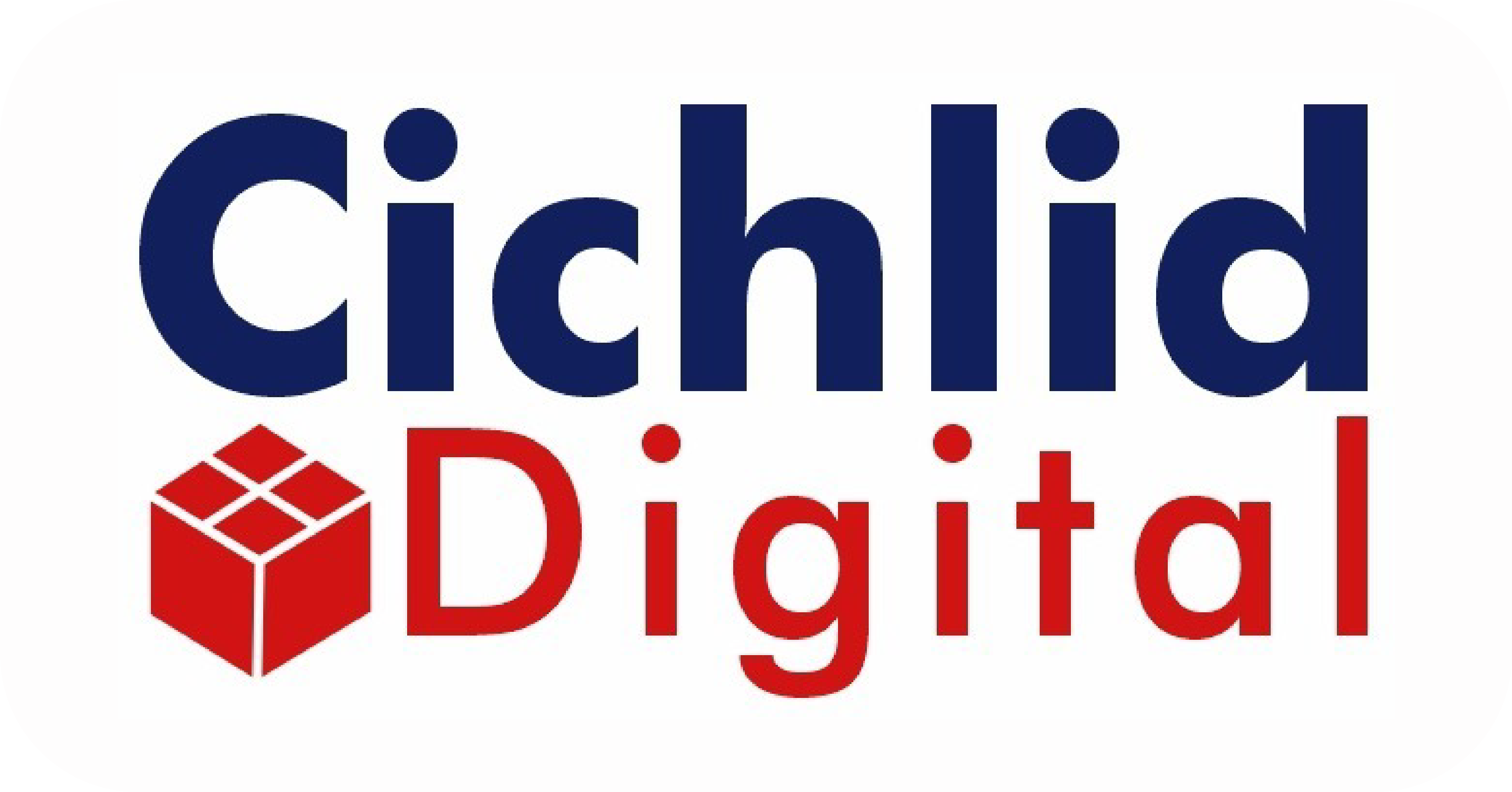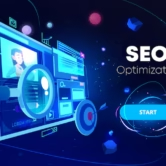- Your cart is empty Browse Shop
In the fast-paced world of digital marketing, businesses need effective ways to reach their target audience quickly and generate measurable results. One of the most powerful methods to achieve this is paid advertising. Whether you are a small startup or an established enterprise, understanding paid advertising is essential to boost your brand visibility, drive traffic, and increase sales.
This beginner’s guide will explain what paid advertising is, its types, benefits, how it works, and tips to get started successfully.
What is Paid Advertising?
Paid advertising refers to any marketing effort where you pay a platform or publisher to display your promotional content to a targeted audience. Unlike organic marketing strategies that rely on unpaid content distribution, paid ads are designed to get immediate exposure, often with precise targeting to maximize relevance.
Paid ads can appear across many channels, including search engines, social media platforms, websites, apps, and more. The most common form of paid advertising is Pay-Per-Click (PPC), where advertisers pay each time a user clicks on their ad.
Why Is Paid Advertising Important?
Paid advertising offers several advantages that make it a critical part of any digital marketing strategy:
1. Instant Visibility and Traffic
Unlike organic SEO efforts that can take months, paid ads deliver immediate exposure to your target audience. This helps generate quick website visits and leads.
2. Precise Targeting
Paid platforms allow you to target users based on demographics, interests, behavior, location, device, and more. This means your ads reach people most likely to be interested in your product or service.
3. Control Over Budget and ROI
You set your daily or campaign budget and bid amounts, making it scalable and flexible. You can also track your return on investment (ROI) in real time.
4. Measurable Results
With detailed analytics, you can monitor impressions, clicks, conversions, and sales, allowing for data-driven decision making.
5. Supports Multiple Marketing Goals
Paid ads can be optimized for brand awareness, lead generation, sales, app installs, event promotion, and more.
Common Types of Paid Advertising
1. Search Engine Advertising (Google Ads, Bing Ads)
Ads appear on search engine results pages (SERPs) when users search for relevant keywords. These ads usually appear at the top or bottom of the page and are marked as “Ad.” This is ideal for capturing users with high purchase intent.
2. Social Media Advertising (Facebook Ads, Instagram Ads, LinkedIn Ads, Twitter Ads, TikTok Ads)
Social media platforms offer a variety of ad formats, including image, video, carousel, stories, and sponsored posts. These are excellent for brand building and targeting based on interests and behavior.
3. Display Advertising
Banner ads or video ads displayed on third-party websites within ad networks like Google Display Network. These ads help with brand awareness and retargeting.
4. Video Advertising
Ads shown before, during, or after video content on platforms like YouTube or social media. Video ads are highly engaging and great for storytelling.
5. Native Advertising
Sponsored content that blends with the website or platform’s natural content, providing a less intrusive user experience.
6. Affiliate Marketing
You pay affiliates (partners) to promote your products, paying a commission for every sale or lead generated.
How Does Paid Advertising Work?
Paid advertising typically follows these steps:
1. Define Your Goals
Decide what you want to achieve: increase website traffic, boost sales, generate leads, or build brand awareness.
2. Choose the Right Platform
Pick the advertising channels where your target audience spends their time.
3. Set Your Budget and Bid
Determine your daily or total budget and bidding strategy. You might bid for clicks, impressions, or conversions depending on the platform.
4. Create Your Ads
Design compelling ads with strong headlines, clear messaging, attractive visuals, and a strong call to action (CTA).
5. Target Your Audience
Use demographic, geographic, behavioral, and interest-based filters to reach your ideal customers.
6. Launch and Monitor
Run the campaign and monitor performance metrics like impressions, clicks, CTR (Click-Through Rate), CPC (Cost Per Click), and conversions.
7. Optimize and Scale
Use data to refine your targeting, ad copy, and bids to improve ROI. Scale successful campaigns to maximize impact.
Tips for Creating Effective Paid Advertising Campaigns
1. Understand Your Audience
Research your target market thoroughly to create ads that resonate with their needs and pain points.
2. Craft Clear and Compelling Ads
Your ad copy should be concise and focused on benefits. Use strong CTAs like “Shop Now,” “Get a Free Quote,” or “Sign Up Today.”
3. Use Eye-Catching Visuals
High-quality images or videos grab attention and improve engagement.
4. Optimize Landing Pages
Ensure the page users land on after clicking the ad matches the ad’s promise and encourages conversions.
5. A/B Test Ads
Run different versions of ads to see which performs better and refine accordingly.
6. Monitor Your Metrics Regularly
Track key metrics daily or weekly to identify trends and areas for improvement.
7. Use Retargeting
Show ads to people who have previously visited your site to remind them and encourage conversion.
Common Paid Advertising Mistakes to Avoid
- Ignoring Audience Targeting: Poor targeting wastes budget on irrelevant users.
- Neglecting Mobile Users: Ensure ads and landing pages are mobile-friendly.
- Overlooking Analytics: Without data, you can’t optimize campaigns effectively.
- Setting and Forgetting: Continuous monitoring and tweaking are vital.
- Using Weak CTAs: Don’t confuse your audience; be clear about the next step.
- Broad Keyword Use: Focus on relevant, high-intent keywords to attract quality traffic.
Paid Advertising vs. Organic Marketing: What’s the Difference?
| Aspect | Paid Advertising | Organic Marketing |
|---|---|---|
| Cost | Pay to display ads (CPC, CPM) | No direct cost but requires effort |
| Speed of Results | Immediate | Takes months |
| Targeting Precision | Highly targeted | Broad or less precise |
| Longevity | Stops when budget ends | Long-lasting if content ranks well |
| Control | Full control over message & timing | Limited control, depends on algorithms |
| Measurability | Highly measurable | Measurable but slower to track |
Both strategies work best when combined for maximum impact.
Tools to Help You Run Paid Advertising Campaigns
- Google Ads: For search and display advertising.
- Facebook Ads Manager: Manage ads on Facebook and Instagram.
- LinkedIn Campaign Manager: Best for B2B advertising.
- Google Analytics: Track ad-driven traffic and conversions.
- SEMrush / Ahrefs: Keyword research for PPC campaigns.
- Canva: Create attractive ad visuals quickly.
- AdEspresso: Simplifies Facebook and Instagram ad management.
Conclusion
Paid advertising is a powerful, versatile, and measurable way to grow your business online. It offers instant visibility, precise audience targeting, and scalable budgets to meet your marketing goals effectively. While it requires strategic planning, testing, and optimization, the potential rewards are significant.
If you’re ready to boost your brand, increase traffic, and drive sales faster, paid advertising is a must-have in your marketing toolkit.
🚀 Ready to take your social media marketing to the next level?
Partner with Cichlid Digital to craft powerful strategies that grow your brand and drive results.
📧 Email: info@cichliddigital.com
📞 Phone: +91-8076465054
🌐 Website: 📧Email: info@cichliddigital.com




